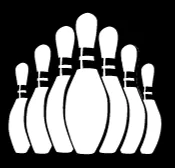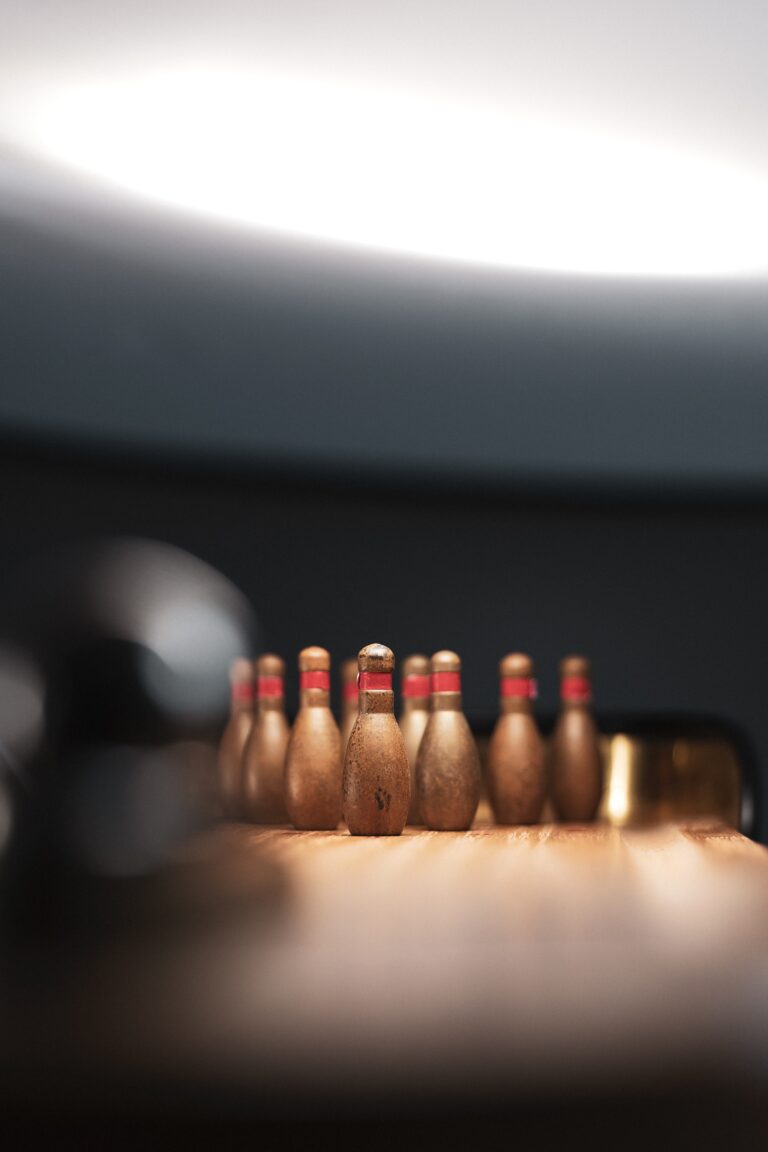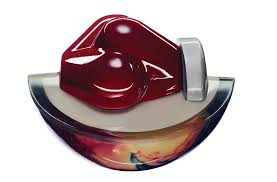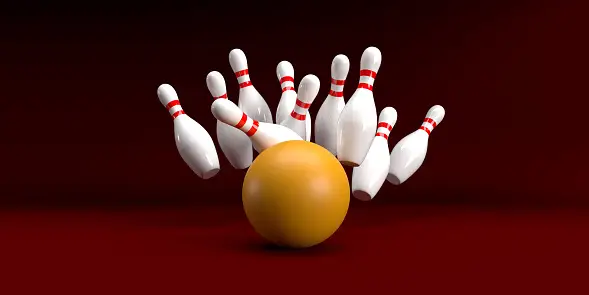How much does a Candlepin bowling ball weigh?
Candlepin bowling, a variation of 10-pin bowling popular in parts of New England, uses balls that are much lighter than those used in traditional bowling. These compact spheres allow for more control and precision when rolling them down the alley. But just how featherweight are they?
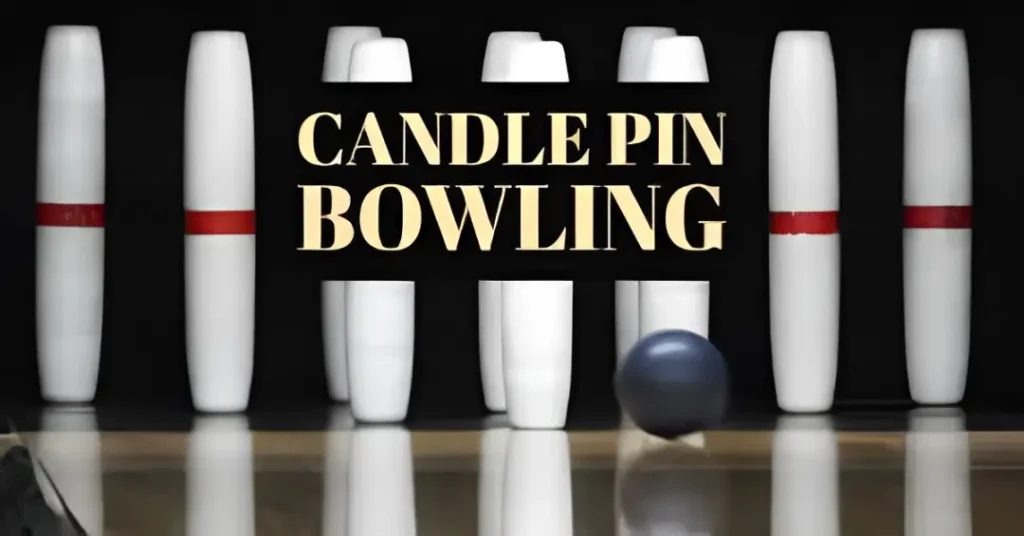
What is Their Exact Weight?
Candlepin balls weigh a maximum of 2 pounds 12 ounces. The minimum weight is 2 pounds 2 ounces. So they range from 2.125 to 2.75 pounds (34 to 44 ounces). Their small mass allows bowlers of all ages and abilities to participate.
Most candlepin bowling centers mandate that balls fall within this weight range to standardize league and tournament play. Heavier balls would smash into pins too forcefully on the short, narrow candlepin lanes. Lighter balls might not have enough momentum to knock down pins consistently. So the 2 to 2 3⁄4 pound mark hits the sweet spot between power and control.
Why So Light Compared to 10-Pin Bowling Balls?
Candlepin balls weigh 80-90% less than the spheres used in 10-pin bowling. Those hefty globes start around 6 pounds and professionals can bowl with 16-pounders. So why are candlepin balls so petite in comparison?
The answer lies in the differing lane dimensions. Candlepin lanes are much shorter and narrower, spanning a mere 60 feet from the foul line to the headpin. Ten-pin lanes stretch 60 feet from the foul line just to the start of the pin deck. They extend an extra 62 feet for pin placement.
Additionally, candlepin lanes have gutters so close to either side that the balls barely fit. The compact track means lofting balls high is impossible. Only a lightweight ball could navigate such a narrow alley. Heavy 10-pin style spheres would barrel through candlepins uncontrollably.
Advantages of Lightweight Balls
The diminutive weights of candlepin balls provide bowlers with some major advantages:
Increased Control and Accuracy
With less momentum behind them, candlepin balls are far easier to control than heavier 10-pin style spheres. This allows bowlers to aim for narrow hitboxes on specific pins to influence how they interact with other pins. It takes great precision, so lighter balls facilitate increased accuracy.
Accessibility for All Skill Levels and Physical Abilities
Typical 10-pin balls would be painfully heavy for many young children, seniors, or bowlers with disabilities/injuries. But the 2 to 2 3⁄4 pound range of candlepin balls allows almost anyone to participate in the sport comfortably. The balls are still heavy enough to knock pins down effectively but light enough for nearly anyone to control.
Lower Risk of Injury
Lobbing around 16-pound balls can put quite a strain on bowlers’ wrists, elbows, shoulders, and backs – especially if throwing spin. However, the light 2- to 2 3⁄4-pound weight of candlepin balls allows for much less strain on bowlers’ arms, wrists, and hands.
Unique Control Challenges
While lighter balls may seem easier for bowlers to manage, precision control comes with its own difficulties as well. As we’ll explore next, it can be tougher to consistently pick up spares using featherweight balls on narrow lanes.
Why Spare Shooting is Challenging with Light Balls?
Picking up messy leftover splits and single pins for spares requires tremendous finesse with candlepin balls. Unlike 10-pin bowling’s wide lanes, balls falling into the gutter on either side of a candlepin lane often cannot be recovered.
Additionally, the almost spherical shape of candlepin balls gives them very little finger grip or leverage for putting rotation or spin on the ball. This demands incredibly accurate throws using only arm control to hit specific pins at precise angles.
With such narrow lanes, compact balls that can’t hook much mid-flight, and barely-there grips allowing for limited spin? Hitting sliding, wobbling targets like the “bucket” (2-4-5-8) configuration demands advanced mastery of ball control.
Finding the Right Individual Ball Weight
While all candlepin balls fall between 2 and 2 3⁄4 pounds, competitive bowlers may test out multiple balls within that range to find the ideal weight for their strength and skill level. A more muscular adult male bowler may opt for a ball at the maximum weight of 2 pounds 12 ounces. This drives more power and pin momentum.
Meanwhile, a young child or petite woman may excel most with a ball around 2 pounds 4 ounces. This allows them to control the sphere more adeptly. It’s all about finding that sweet spot between enough striking power and adequate control.
The Importance of Proper Fit and Grips
Unlike chunky house balls at the bowling alley, most avid candlepin bowlers will invest in their custom balls. Beyond selecting the ideal weight, having grips installed for your exact hand size helps facilitate solid control and release for accurate throws.
Since the balls themselves have almost no built-in grip texture, customized holes deep enough for fingers to fit snugly are key. A pro shop can assess your hand measurements and finger orientation to drill holes in angles and positions tailored to your unique grip and throwing style.
For casual bowlers, though, balls with generic grip holes at the alley may suffice. But serious or frequent candlepin competitors may greatly benefit from balls customized to fit their hands precisely. From personalized finger hole size to filing the interior hole walls for ideal friction and release, pro fittings can make a huge difference.
Go Ahead – Give Them a Toss!
Now that you know why candlepin bowling balls weigh a mere featherweight 2 to 2 3⁄4 pounds, go ahead and get your fingers through a few balls next time you visit a candlepin center! Test whether you can control the tiny spheres well yourself. Just launch them straight and narrow down that abbreviated lane at those little pins for some old-fashioned bowling ball fun dating back to 1880s New England.
